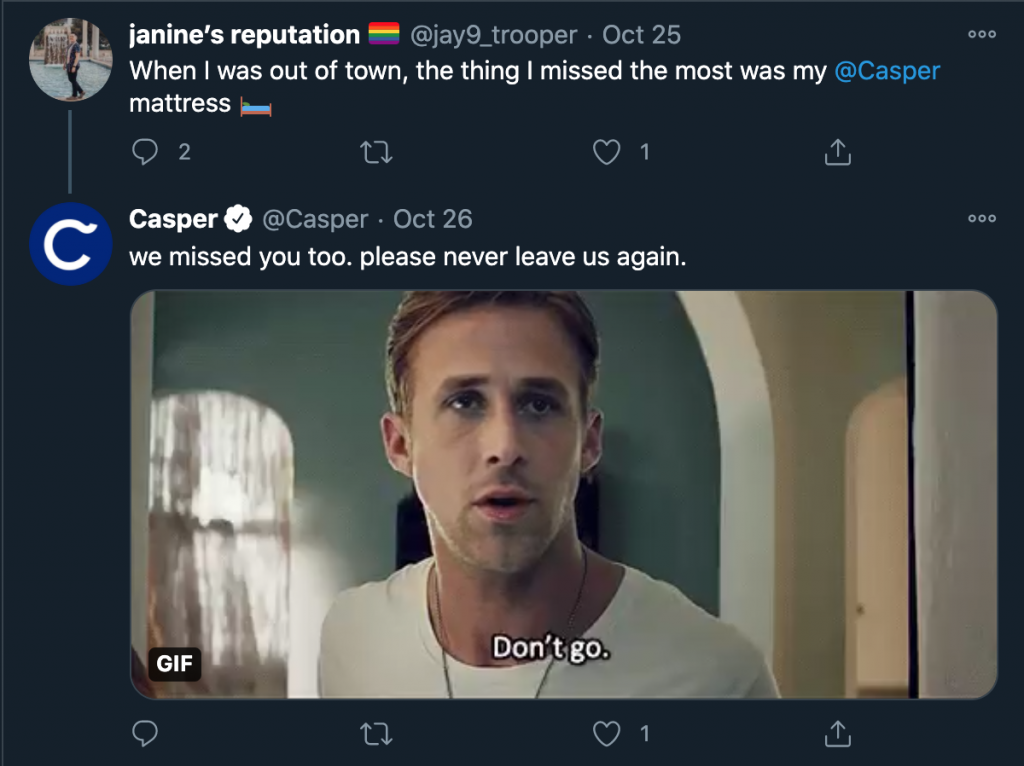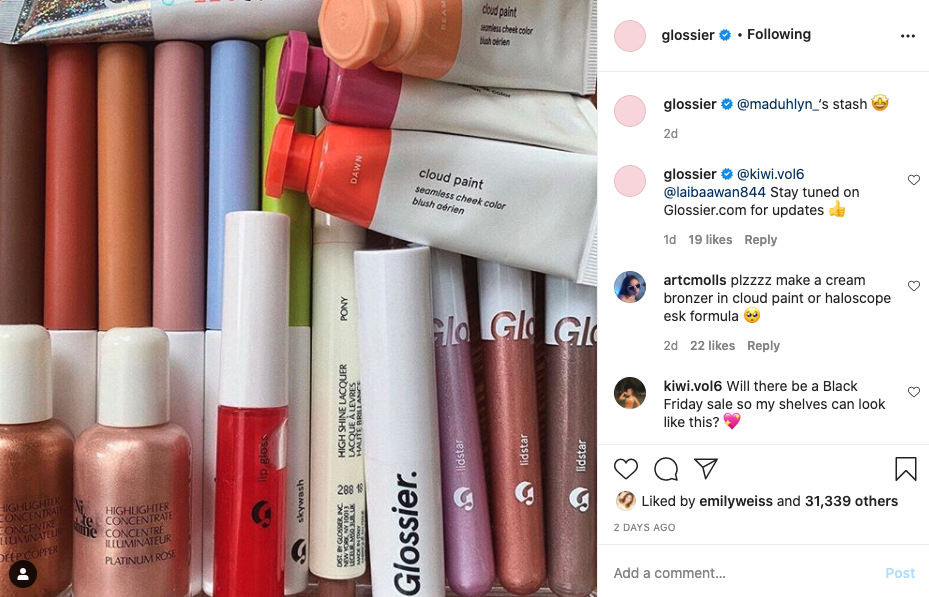Congratulations on being a new or small business owner! You are making our communities healthier, and in return we want you to succeed. So, we made this Social Media Marketing 101 guide just for you.
Social media can be a powerful (and affordable!) way to drive brand awareness, engagement and customer retention. We know it and you know it – otherwise you wouldn’t be reading this blog.
What you may not know is how to get started and make social media work harder for your small (or new) business. In this social media marketing 101 guide, we’ll give you the information you need to build a simple but effective social media strategy today.
Read on.
Table of Contents
What Is Social Media Marketing and Why Do You Need A Social Media Strategy?
Simply put, social media marketing is using social media to drive awareness and promote your brand. A social media strategy is a blueprint that consists of the following:
1. The WHO: Who you’re targeting
2. The WHAT: What you’d like to achieve
3. The WHERE: What channels/social media platforms are you going to use
4. The HOW: Everything you plan to do on social media
5. The WHEN: How often/when do you plan to post
+ Bonus Tips
Having a strategy gives you clarity It also helps you avoid the dreaded posting just for the sake of posting (we’ve all been there). And what is the result?
You’ll get where you want to be much faster.
Social Media 101: Let’s Get Strategizing
Now you know what a social media marketing strategy is. You also know the 5 questions you need to answer to have an effective social media strategy. What’s next?
This wouldn’t be a social media marketing 101 guide if we didn’t go through each one of the steps into a little bit more detail.
So, keep reading.
The WHO: Get to know your audience
There’s only one rule in marketing (social media marketing included) you need to follow: in everything you do, you need to think customer-first.
To create content that really lands, you need to get to know your audience very well. Which pages do they follow, what kind of posts do they engage with, what conversations they are having online?
Social media can be a very powerful tool to connect with your customers if you use it correctly. What do we mean by “correctly”?
Simple. Use social media to start conversations and build relationships and show people how you can solve their problems. Leave the “me! me! me!” talk out of your social media content.
If you’re wondering, “Do I get to talk about myself?” – we know, we know, you gotta do it from time to time. Then, do it in a way that shows how you can serve your customers and the value you provide.
Instead of just talking about your product, you could create a brand voice that your audience can connect with. For example, Casper responds to conversations about its brand with clever comebacks that make the brand memorable and likeable,

The What: Set Your Objectives
It’s very important for you to know what you want to achieve to be able to create relevant content and a roadmap that supports your goals.
You can have different goals, including: lead generation, sales, website traffic, brand awareness, engagement, improving PR, building a tribe of supporters and so on.
However, when creating a marketing strategy for small businesses, it’s very important to pick one, single goal (hate to break it to you – but yes, you have to walk before you run).
“How?,” you’re probably wondering. Easy, identify where your marketing needs the most improvement and what area, when improved, will have the biggest impact.
Once you’ve made progress towards your initial goal, you can expand your social media marketing 101 strategy to get more goals and reach for the sky.
The Where: Pick The Right Channel(s)
At this point, you know who your target audience is, what they’re interested in, and what you’d like to achieve. Next, you need to pick the best social media platform for your business.
All the knowledge you’ve gathered by this point will help you determine which is the best platform or platforms to use.
For example, if you’re a beauty brand you’ll probably use YouTube and Instagram – maybe even work with an influencer. If you have an interior design studio you’ll probably go for visual platforms like Instagram, Pinterest, Tumblr. If you own a B2B business you’ll likely find your audience on LinkedIn or even Instagram.
Take some inspiration from Glossier. The company focused on Instagram to build their brand and create a following. Fast-forward 6 years and the company went from $0 revenue to $100 million.

As you can see, every step of your strategy relates back to the first step: knowing your audience. It’s also important to note that you don’t have to do it “right” the first time. Get started, then measure the results and keep experimenting until you get the results you want.
Remember, there’s no shortcut to social media success. The best practices shared in this social media marketing 101 guide are only a starting point. Once you’ve started using social media for your new business, collect the initial data and tweak your strategy to further improve the results.
The How: What Are You Going to Post and Do on Social Media
Determine what kind of content you need to create to generate engagement. Ideas (and insights) are everywhere: so social listening is important.
Listen to the conversations your customers are having online, track your competitors, and follow certain hashtags to keep up to date with the latest trends. You can do this manually, or you can use social listening and analytics tools that automate the collection of audience insight.
Keyhole, for example, allows you to track brand mentions, sentiment and conversations your audience are having online. The tool delivers aggregated insights to make better decisions, manage your PR and spot opportunities to connect with your ideal clients, all in one place.
Don’t let a small budget interfere with creating awe-inspiring content. Make use of the available tools out there to make eye-catching posts, or even create videos on your own.
The When: How Frequently and When Will You Post?
Finally, let’s discuss frequency.
Objectively estimate your capabilities: how many *quality* posts per week can you create? Quality and consistency are more important than quantity. What you don’t want is to be active every day this week and completely silent the next.
Above all, your post should always be consistent with your brand. Each post must contain your brand logo, font, and color, as this will play a huge role in making people familiar with your brand. Achieving this is more manageable using a logo maker that offers customizable templates for social media posts.
Once you know how many pieces of content you can create and publish per day/week/month, you need to find the optimal times to post. You’ll find various online sources that give you the best time-windows to be active, but we don’t recommend that.
Not because we don’t want to help, but because “optimal timing” is one of those things that doesn’t have a generic answer. Instead, you’ll need to find out what works for your audience and business by testing different times and tracking audience engagement.
To save time, stay consistent, and make tracking and optimizing your schedule easier, we strongly urge you to schedule your posts in advance.
We’ll end this social media marketing 101 guide with a reality check: sometimes you’ll have to pay to get engagement and that’s okay – but we’re not talking about the fake kind.
Every time the algorithm changes, your organic reach may go down. Especially, when people are using social media for new businesses, so you might need to use ads to drive awareness (and conversions) faster.
However, there’s another way you can get your brand in front of the right people – by joining the conversations they’re already having.
Track and analyze hashtags to learn what appeals to your customers and what kind of content they engage with and want to consume. Use relevant hashtags to appear in these conversations, in front of the people who are already interested and talking about those topics.
Fir example, Full Circle Brewing uses hashtags in their posts to ensure those who are looking for craft beer in their area can find their brand.

We hope you found all the information you need to leverage social media to promote and grow your business. Don’t overthink it and start as soon as possible! After all, there’s no better teacher than your own posts’ performance/audience engagement.
Keyhole gives helps marketers make data-driven decisions while streamlining their social media management efforts. On top of campaign tracking, influencer marketing, and social listening, now you can also use Keyhole’s social publishing and scheduling, all in one platform.
Saving marketers an average of 5 hours a week on gathering and reporting data, Keyhole saves marketers over $7,000 every year on reporting. Start your free trial today and get the metrics you need to get the most out of your social media strategy.